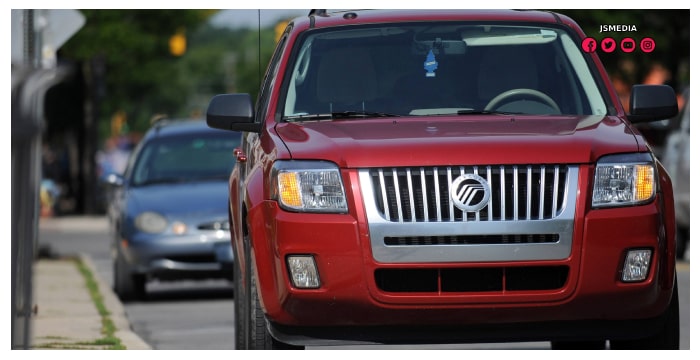JSMedia – A new study from the University of Michigan shows that car insurance premiums in most zip codes across the state are unaffordable. According to the U.S. Treasury Department’s Federal Insurance Office, auto insurance premiums should not exceed two percent of a household’s median income. This is a staggering number – for a family earning $30,344 a year, the average annual premium in Detroit would be 18 percent of that amount, or about $1,900 a year. This makes Detroiters’ car insurance rates among the highest in the country.
One of the biggest reasons Michigan drivers are unable to afford car insurance is the high cost of health insurance. The state requires drivers to pay up to thirty-six percent of their income for car insurance, which means they are unable to save money. As a result, auto insurance premiums in Detroit can be up to 12 to 36 percent of a person’s income. In Michigan, the average car insurance premium in the state is $2,610, more than twice the national average. Because of these high premiums, many people are not even allowed to drive a vehicle, perpetuating the state’s poverty.
The study found that auto insurance premiums in Michigan are unaffordable for low-income families. In fact, residents of Detroit’s lower-income neighborhoods pay up to 12 to 36 percent of their pre-tax income for car insurance, double the national average. The high costs of auto insurance also prevent many lower-income people from driving cars – an additional cost for these low-income individuals.
Auto Insurance Unaffordable in Michigan

Moreover, the study found that the cost of auto insurance premiums in the state is higher than the national average. The average car insurance premium in Detroit is up to twelve to thirty percent of the median income, which is more than double the national average. Because of these high premiums, many people do not drive. This perpetuates the cycle of poverty by making it impossible for them to get the necessary insurance coverage.
The cost of car insurance in Michigan is unaffordable for the average person. While the average household income in Detroit is $26,449, the average car insurance premium is $5414 a year. This means that for a family of four, this would be an incredibly high premium for the average Michigander. However, even if a family makes below the federal poverty level, the cost of auto insurance is still prohibitively high for them.
The cost of auto insurance in Michigan is twice the national average for drivers in the state. As a result, the state’s residents in Detroit and the majority of other areas of Michigan pay five to six hundred dollars more per year than the national average. Further, these premiums are often higher for families in higher-income neighborhoods, which may not have the means to pay more. The high cost of insurance in this state is a major obstacle to economic opportunity for low-income individuals.
Automobile insurance costs are not only unaffordable in Michigan. The cost is so high that a four-person family with a federal poverty level would need to pay a premium of $515 per year. In addition to these costs, the state’s average income level is higher than the national median. Because of these higher rates, these motorists must pay more than five hundred dollars in order to be legally covered in an accident.
The costs of car insurance in Michigan are increasing dramatically, especially for people who do not have insurance. In some cases, the costs are more than seventy percent higher than the national average. This has led to an increase in the number of accidents in Michigan, with an average cost of $75,000 per accident. This rate is nearly double that of the national average. This is no surprise considering the number of poor motorists in the state.
While car insurance is still largely affordable for most Michiganders, the costs are disproportionately high for people living in lower income categories. Some of the most expensive zip codes in the state spend over two percent of their income on car insurance. The state’s largest cities, such as Detroit, have some of the highest premiums. Those residents who don’t have insurance spend as much as those living in the country’s richest neighborhoods, which is a worrying sign.

